850nm vs. 660nm Red Light Therapy: Which Wavelength is Best for You?
Red Light Therapy (RLT), is a phrase related to photomedicine, which is a branch of medicine that uses light to treat skin and health conditions.
Red light therapy is a medical approach that uses specific wavelengths of Red LED Lights and Near-infrared (NIR) to treat skin issues such as wrinkles, scars, acne, and other aesthetic issues. They can also help reduce pain and inflammation, improve wound healing, foster gym activities and injury recovery, and reduce the negative effects of cancer therapy.
How Does Light Therapy Work?
Light therapy is a process that uses wavelengths of light to treat certain medical conditions such as skin conditions. This process varies, depending on the condition, but basically, it is the interaction between light and the body's biological processes.
The wavelength is the most essential factor in light therapy because it controls how deeply the light penetrates. This is equivalent to saying that the higher the wavelength, the deeper the light penetrates tissues and the greater the impact.
The wavelengths of light therapy span from 470-940nm recognized by colours blue, green, red and near-infrared. However, the two most popular wavelengths for light therapy are 660nm and 850nm.
The 660nm Red Light Therapy: Deep Red
660 nm Red light therapy is an alternative therapy that employs red light at a wavelength of 660 nm to induce healing and enhance numerous areas of health and well-being.
This wavelength penetrates more than the shorter 630 nm wavelengths as they have proven to penetrate deeply into skin and tissues.
For aesthetic and skin therapy, the 660 nm red light can also help tighten the skin, treat wrinkles, scars, stretch marks and age spots, and rejuvenate your skin and facial appearance. It also promotes tissue repair, which aids in wound healing.
With Botanny's portable series, the red light therapy device allows you to get excellent light time whenever you want. You can use this red light therapy at home, which is why it has sturdy bases that allow them to be placed firmly on tables.
850nm Red Light Therapy: Near-Infrared (NIR)
The 850 nm red light therapy emits red lights that are near-infrared which are invisible to the eyes. The near-infrared feature of the 850mn red light therapy exposes you to low levels of red light which is barely visible to the eyes. They can penetrate deeper into tissues than the 660 nm red light therapy.
The 850nm red light therapy devices are also considered infrared light therapy devices that are used for the treatment of deeper health conditions like muscle and ligament repair, reduction of inflation in deeper tissues, mental health improvement and immunity. It can also serve as the red light therapy for weight loss reduction.
Our near-infrared red light therapy bulb is a full-spectrum LED light therapy machine that can also be used as a professional LED light therapy machine. You can also use them as red lights for bedrooms because they include both near-infrared and red lights.
Oftentimes, 660 nm and 850 nm wavelengths of red light therapy are seen as the same, but they are actually not. Aside from the measures, the 660 nm takes care of surface skin problems and boosts beauty while the 850 nm takes care of more serious pains like pain in the muscles and joints.
What these differences tell us is that the cells in our body react to light differently.
Key Factors to Consider When Choosing a Wavelength for Light Therapy?
For you to get the best out of light therapy, you will need to purchase the right wavelength and below, we have mentioned some of the key factors to consider. Keep scrolling, let’s show you what we are talking about.
Just before any other thing, take a look at your health needs, after all, that is the key reason why you are on this page. All you need to know here is that the higher wavelengths, like 850 nm, are for severe conditions while the lower wavelengths, like 660 nm, are for less severe conditions.
Then also, the size of the device you will be getting also matters. 660 nm are often small-sized devices which makes them suitable for small areas of your body, such as your face. Whereas, the 850 nm can be used to cover a larger part of the body.
One last thing that you must consider, a crucial factor, is your budget. As you must have predicted, RLT prices are not the same. The 660 nm is less sophisticated and less expensive when compared to the 850 nm wavelength. So choose the one within your pocket range and also satisfy your needs.
Oh, one more thing, don't forget the area of the body you want to treat and how often you will be using the device. This will guide you to decide whether to go with a portable, panel, or bed device. Check out our product page to select from a variety of red light therapy gadgets available.


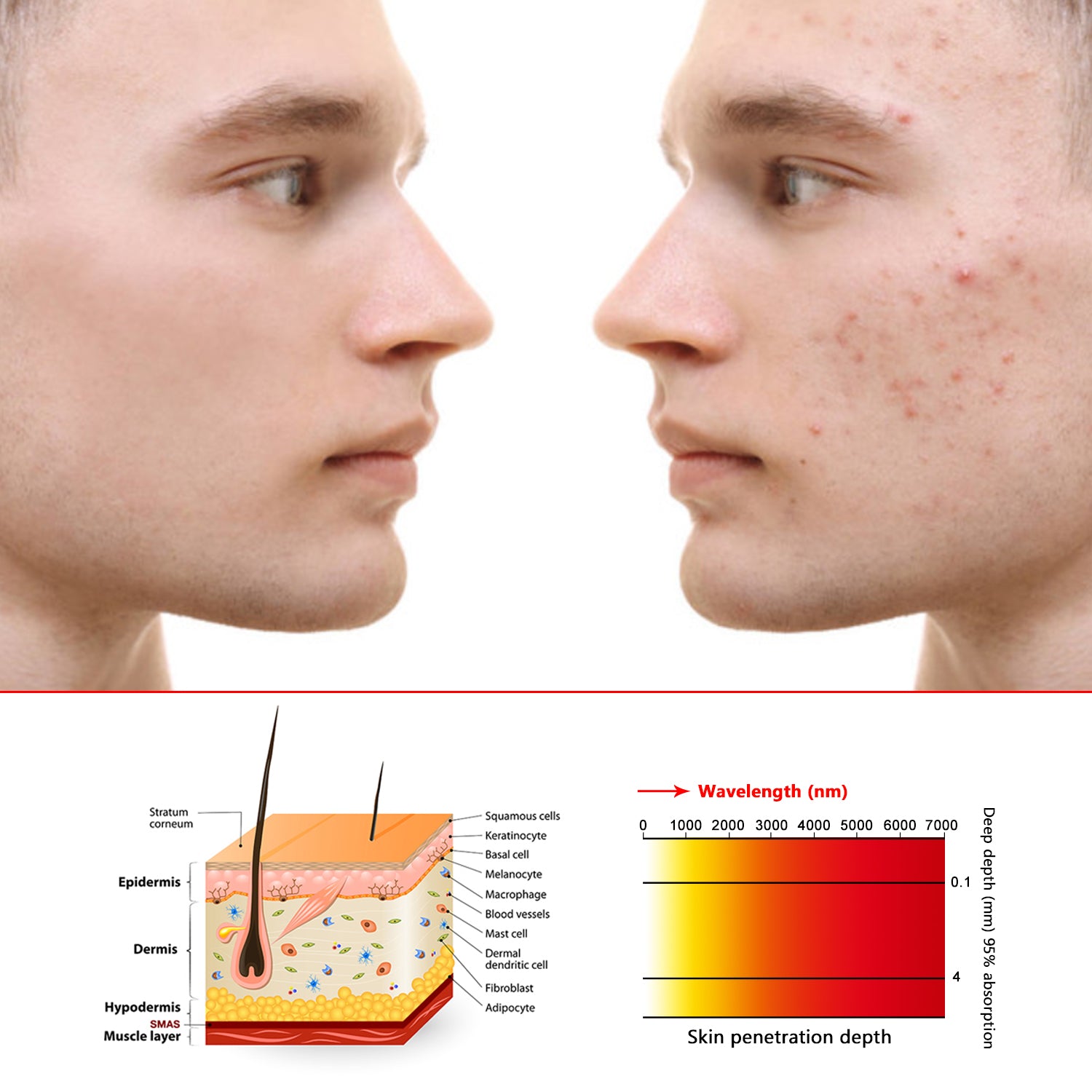
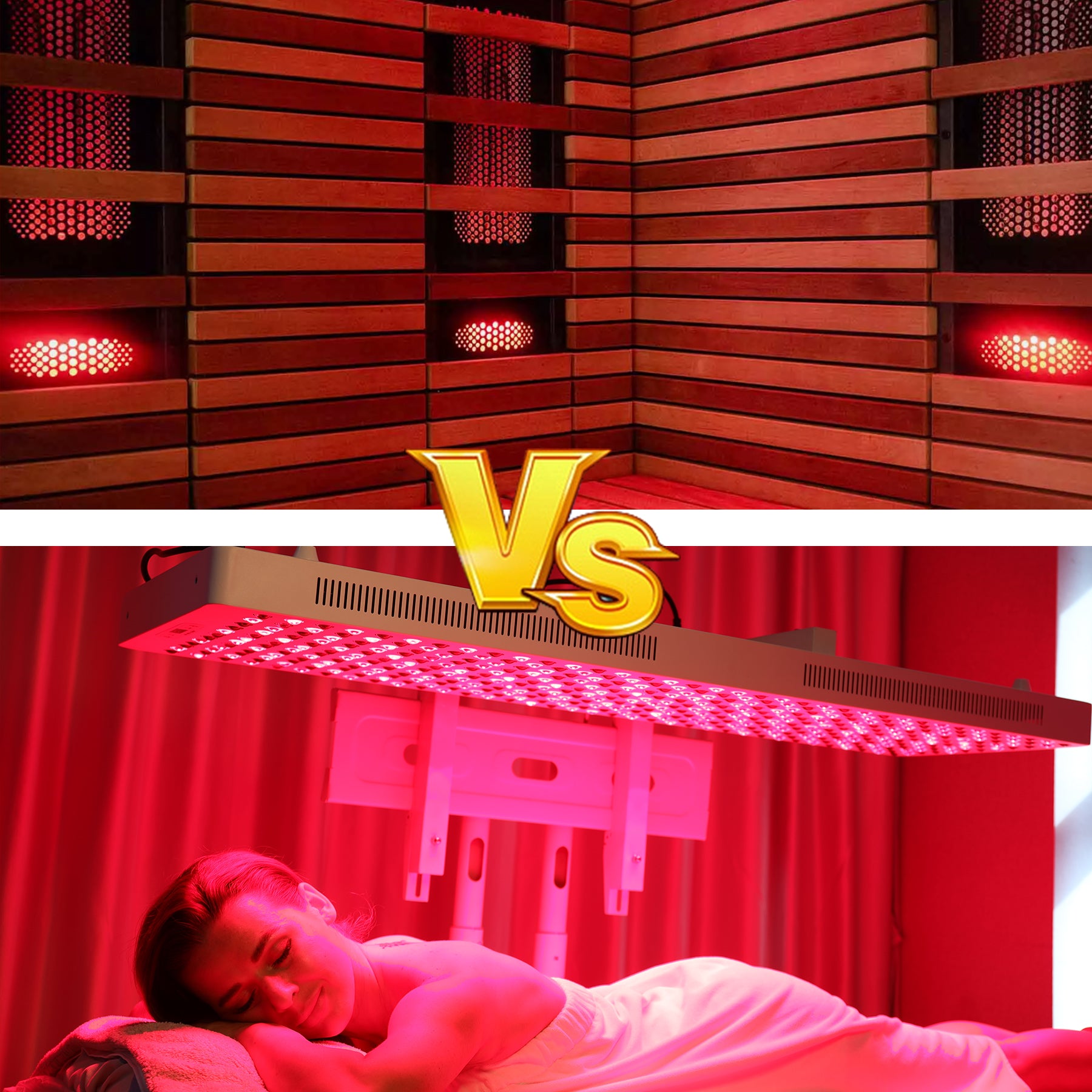
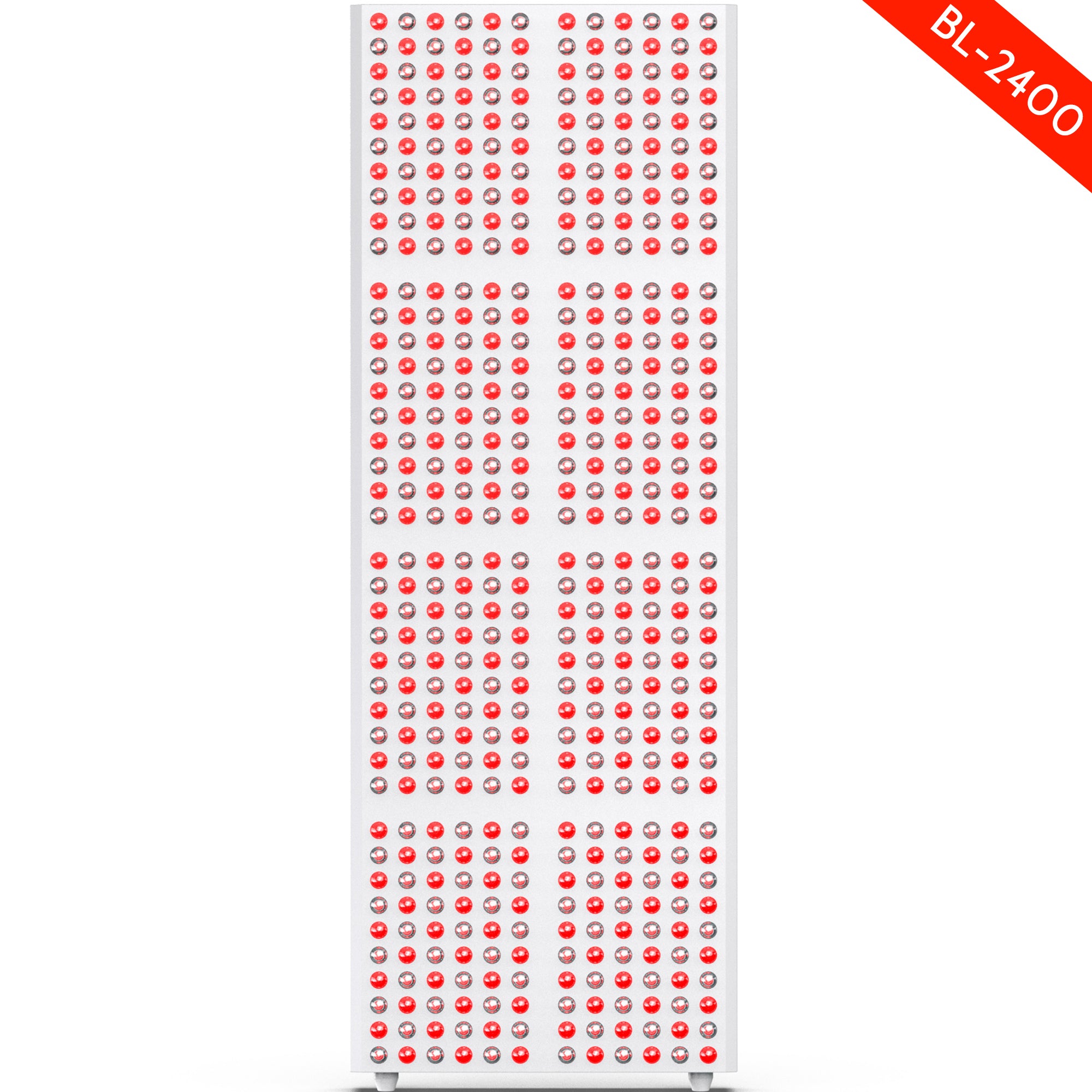
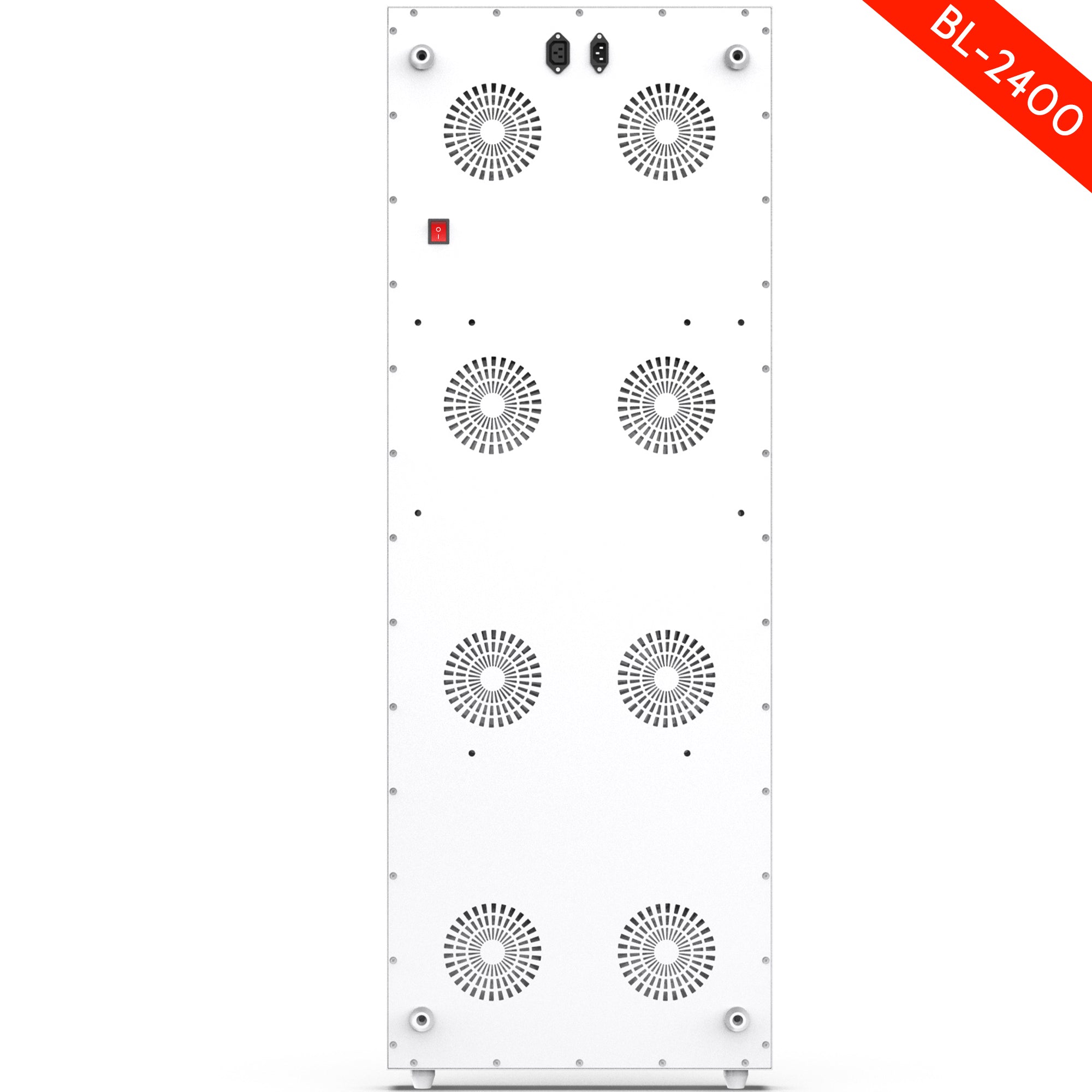
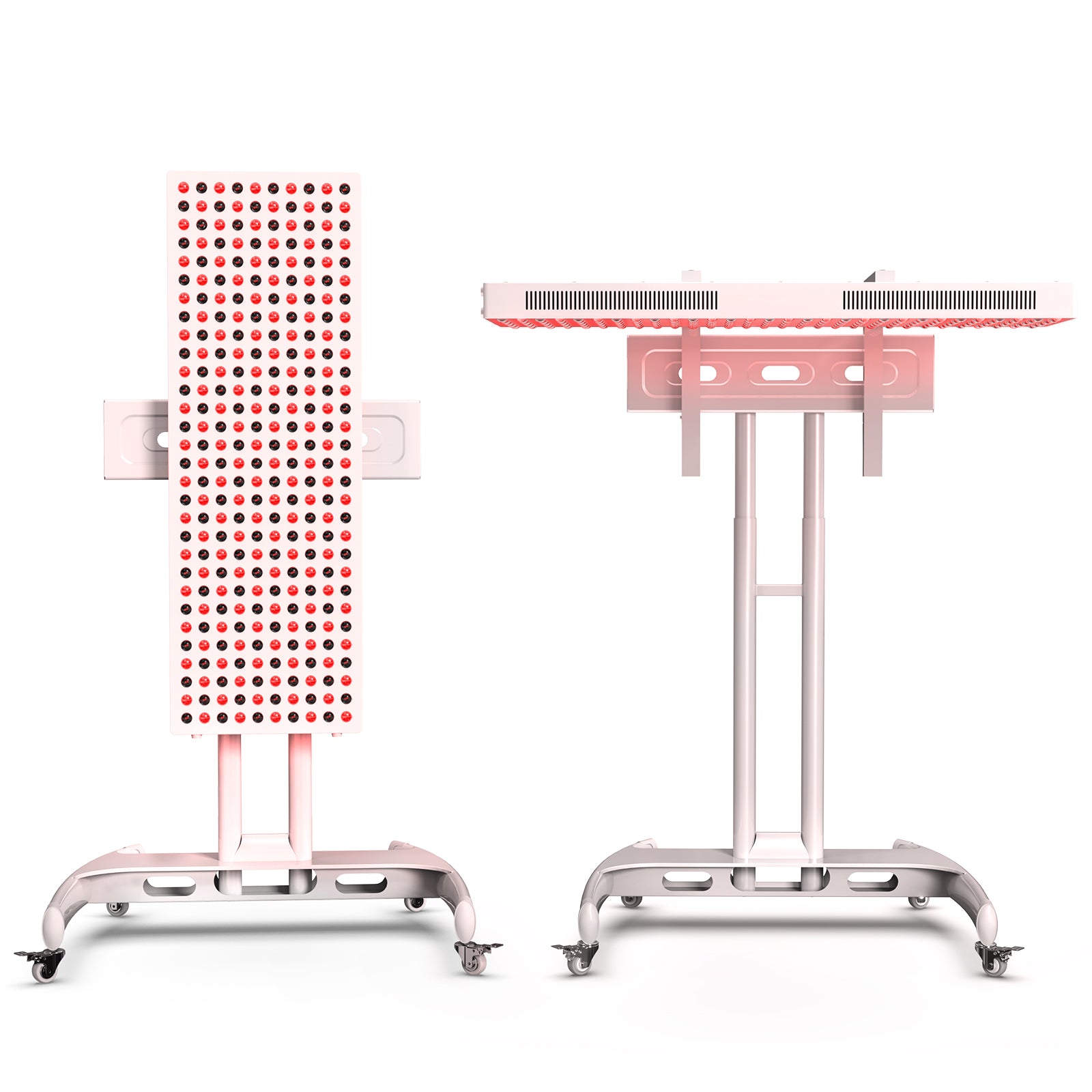

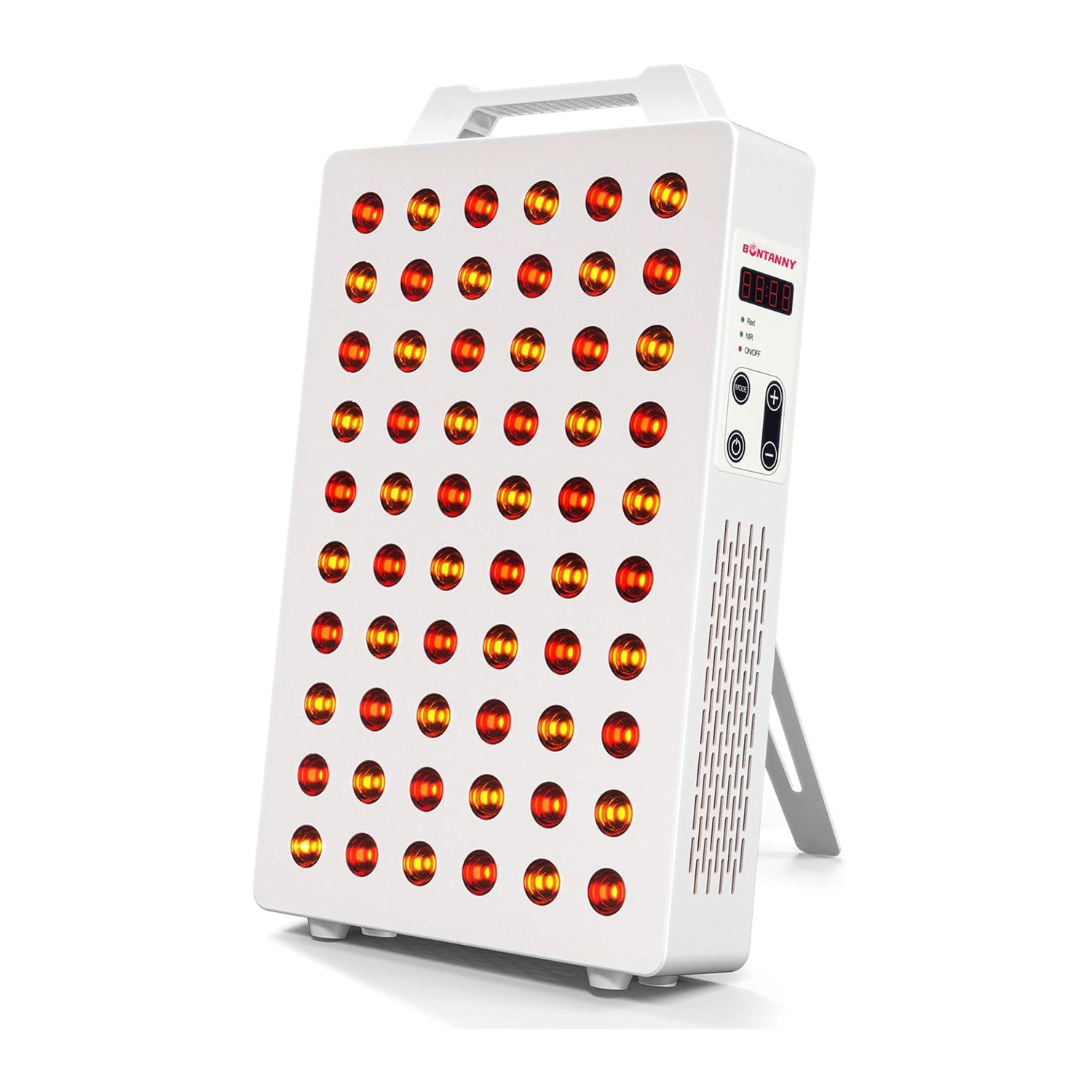
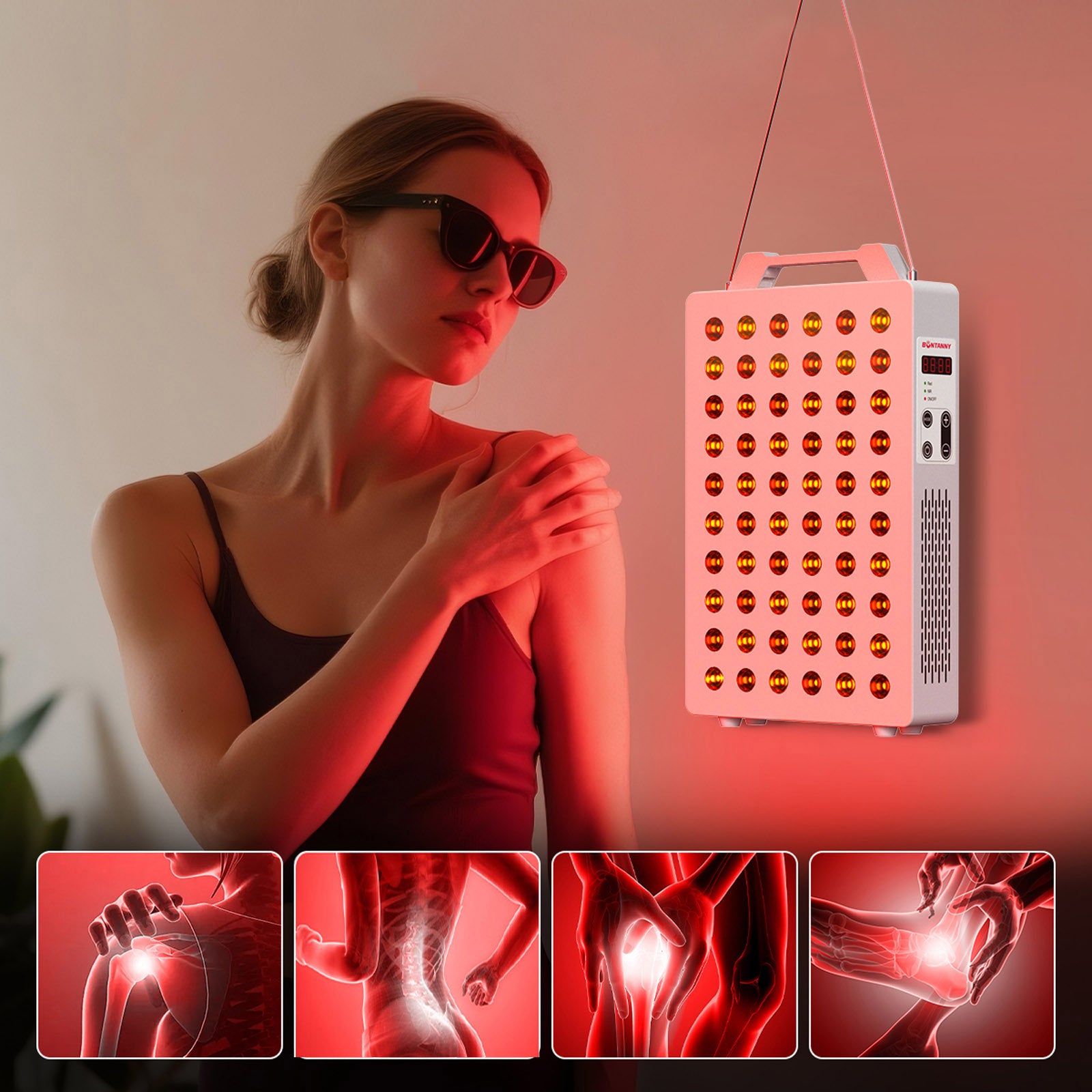
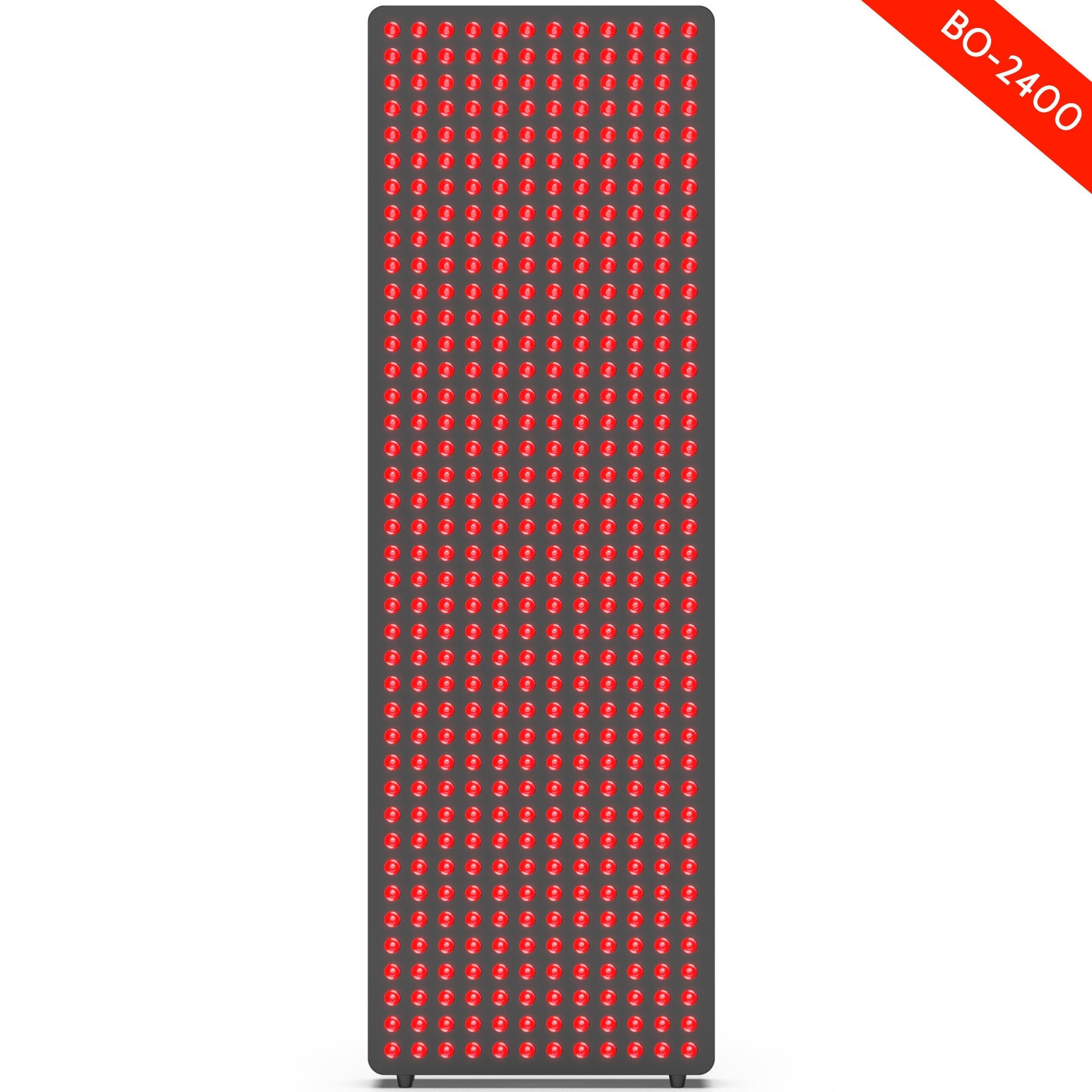

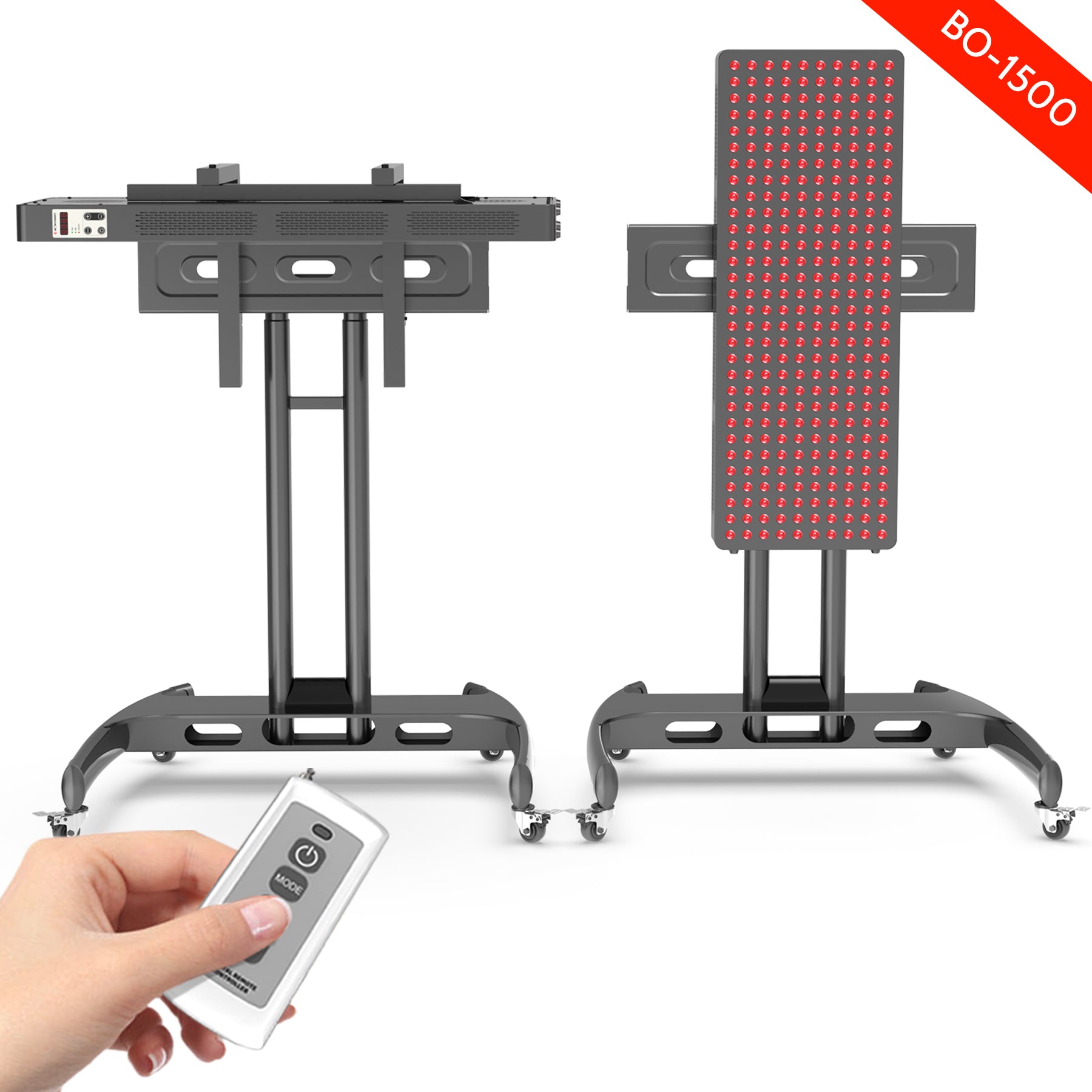
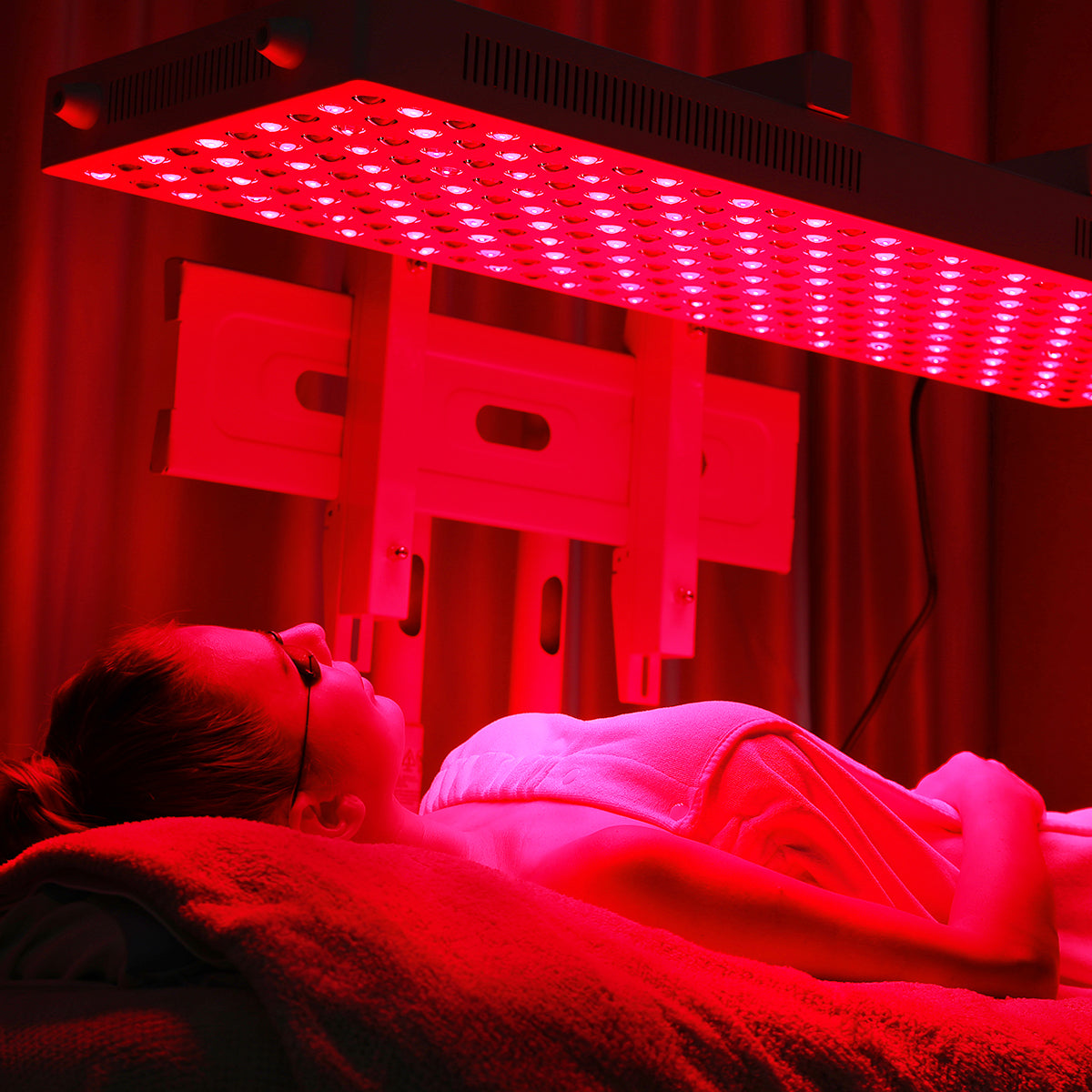
Leave a comment
This site is protected by hCaptcha and the hCaptcha Privacy Policy and Terms of Service apply.